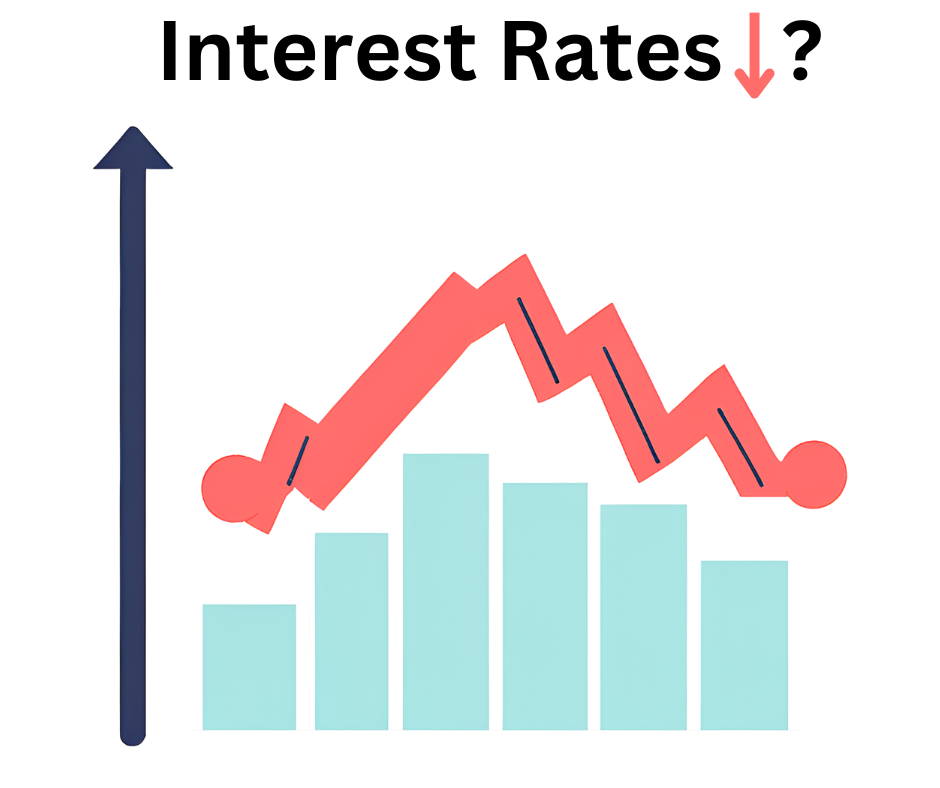
Introduction
In a recent update that could signal relief for many, the Governor of the Bank of Canada, Tiff Macklem, has hinted at the possibility of reducing interest rates in the near future. This news comes as inflation, a critical indicator affecting monetary policy decisions, appears to be declining steadily. During his presentation to the House of Commons finance committee, Macklem provided a cautiously optimistic outlook, suggesting that the bank is on the verge of taking measures that could ease the financial burden on Canadian households and stimulate economic growth.
This blog will explore the implications of the Bank of Canada's potential policy shift, analyze the economic indicators leading to this decision, and discuss what it could mean for average Canadians, especially homeowners and prospective buyers. We'll also look into Macklem's warnings about future interest rates not returning to pre-pandemic levels.
Navigating the Shift: Bank of Canada's Approach to Interest Rates Amid Declining Inflation
As global economies continue to navigate the precarious waters of post-pandemic recovery, Canada stands at a pivotal juncture. The recent address by Governor Tiff Macklem to the House of Commons finance committee has sparked a wave of optimism among Canadians, especially those grappling with high interest rates on loans and mortgages. With inflation showing signs of sustained decline, the Bank of Canada is edging closer to reducing interest rates, potentially marking a significant shift in monetary policy aimed at fostering economic stability and growth.
Economic Indicators and Monetary Policy Adjustments
Inflation, the ghost haunting economies worldwide, appears to be retreating in Canada under the vigilant watch of the Bank of Canada. Governor Macklem highlighted the "renewed downward momentum in underlying inflation" as a key factor influencing the central bank’s current stance. The core inflation rate, which excludes volatile components like food and energy prices, has been a reliable compass guiding these monetary decisions.
Economic growth has hit a plateau, and the surplus supply of goods coupled with stabilized wage increases and a cooling labor market has significantly contributed to the easing price pressures. These developments are crucial because they hint at a more manageable cost of living over time, relieving some of the financial stress experienced by Canadian households.
What This Means for Homeowners and Prospective Buyers
For homeowners and potential buyers, the Governor’s announcement could be a beacon of hope. The real estate market, which has been particularly sensitive to the spikes in interest rates, may find some relief if the central bank proceeds with rate cuts. However, it’s important to temper expectations. As Macklem pointed out, the era of ultra-low interest rates seen during the depths of COVID-19 is unlikely to return. Those planning to buy or refinance homes should prepare for a landscape where interest rates, though potentially lower than current levels, will not plummet to the historical lows of the past decade.
A Gradual Path to Lower Rates
Governor Macklem was explicit in his caution about the pace at which interest rates might be reduced. "It's likely to be a pretty gradual path," he stated, tempering expectations for a rapid decline. This measured approach reflects the Bank's strategy to ensure that the easing of rates does not trigger unintended economic repercussions, particularly in inflation control.
Looking Ahead: Strategic Implications for Canadians
Canadians should view this potential shift in monetary policy as a strategic adjustment rather than a panacea for all economic ailments. Those with existing or prospective mortgages should consider this an opportunity to reassess their financial strategies. It might be wise to consult with financial advisors to understand better how the impending changes could affect personal and household finances.
Moreover, businesses and investors should keep a close watch on the Bank’s moves, as the broader economic implications of such policy shifts can influence market conditions and investment decisions.
Conclusion
As June 5th looms on the horizon—the next date when the Bank of Canada could announce a rate cut—the nation watches with bated breath. The possibility of lower interest rates brings with it a mix of opportunities and challenges. While the immediate benefits for borrowers could be substantial, the long-term economic landscape remains to be shaped by numerous factors, including global economic trends and domestic fiscal policies.
Staying informed and prepared is crucial as we navigate these changes. Keeping abreast of updates from the Bank of Canada and consulting with financial experts can provide the insights needed to make informed decisions during these uncertain times.